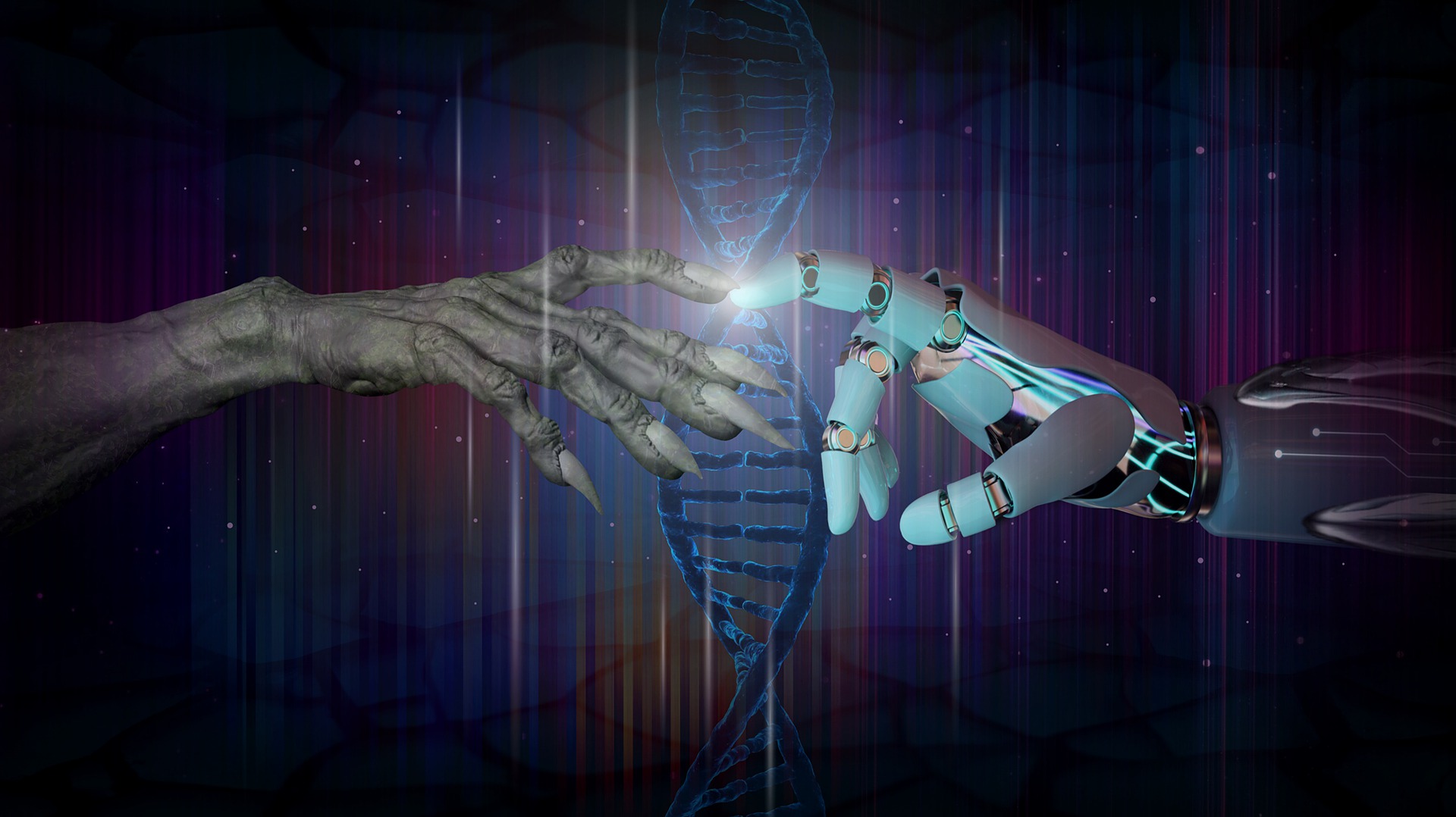Childhood Disorder
Attention-Deficit/ Hyperactivity Disorder
Published
3 years agoon
To classify abnormal behavior in children, diagnosticians must first consider what is normal for a particular age. The diagnosis for a child who lies on the floor kicking and screaming when he or she doesn’t get his or her way must take into account whether the child is two years old or seven.
“Attention-Deficit/Hyperactivity Disorder” (ADHD), have been conceptualized primary as childhood disorders but nonetheless continue into adulthood.
One of the externalizing disorders is Attention Deficit/ Hyperactivity Disorder. The child who is constantly in motion, tapping fingers, jiggling legs, poking others for no apparent reason talking out of turn, and fidgeting is often called hyperactive. These children also have difficulty concentrating on the task at hand for an appropriate period of time.
Children with a ADHD seem to have particular difficulty controlling their activity in situations that call for sitting still, such as in the classroom or at mealtimes. When required to be quite, they appear unable to stop moving or talking. They are disorganized, tactless, erratic, obstinate and bossy. Their activities and movements seem haphazard. The quickly wear out their shoes and clothing, smash their toys and exhaust their families and teachers.
Many children with a ADHD have inordinate difficulty getting along with peers and establishing friendship, perhaps because their behavior is often aggressive and generally annoying and intrusive to others. Although these children are usually friendly and talkative.
Symptoms of ADHD includes three sub-categories:
- Predominantly inattentive type: children whose problems are primary those of poor attention.
- Predominantly Hyperactive Impulsive type: children whose difficulties result primarily from hyperactive impulsive behavior.
- Combined type: children who have both sets of problems.
The Combined type comprises the majority of ADHD children.
Biological theories of ADHD
Genetic factors: research suggests that a genetic predisposition toward ADHD may play a role. When parents have ADHD, half of their children are likely to have the disorder.
Exactly what is inherited is yet unknown, but recent studies suggest that brain function and structure difference in children with and without ADHD are under responsive to stimulation and cerebral blood flow is reduced. Moreover, parts of the brains of ADHD children are smaller than normal.
Perinatal and parental factors: other biological risk factors for ADHD include a number of perinatal and parental complications. Low birth weight, for example, is a quite specific predictor of the development of ADHD. Other complications associated with childbirth, as well as substances ingested by mothers such as tobacco and alcohol are also predictive of ADHD symptoms.
Environmental toxins: A biochemical theory of hyperactivity put forth by Feingold, suggests that food additives upset the central nervous systems of hyperactive children, and he prescribed a diet free of them. However, well controlled studies of the Feingold diet have found that very few ADHD children respond positively to it.
Although some evidence suggests that lead poisoning may be associated to a small degree with symptoms of hyperactivity and attention problems.
The child psychoanalyst Bruno Bettelheim proposed a diathesis-stress theory of ADHD, suggesting that hyperactivity develops when a predisposition to the disorder is coupled with authoritarian upbringing by parents. If a child with a disposition towards over activity and moodiness is stressed by a parent who easily becomes impatient and resentful, the child may be unable to cope with the parents’ demands for obedience. As the parent becomes more and more negative and disapproving, the parent child relationship ends up a battleground. With disruptive and obedient pattern establish, the child cannot handle the demands of school, and his or her behavior is often in conflict with the rules of the classroom.
Learning may figure in ADHD as well. Hyperactivity could be reinforced by the attention it elicits, thereby increasing in frequency or intensity. Or as Ross and Ross have suggested, hyperactivity may be modeled on the behavior of parents and siblings.
Hi, I’m Aarti, My Psychoanalytical approach towards my clients is to empower them to better their lives through improving their relationship with themselves. I believe shame and guilt is a common barrier to change. I aim to guide my clients through re authoring their narratives where shame, guilt, and other problems have less power and take up less space.



